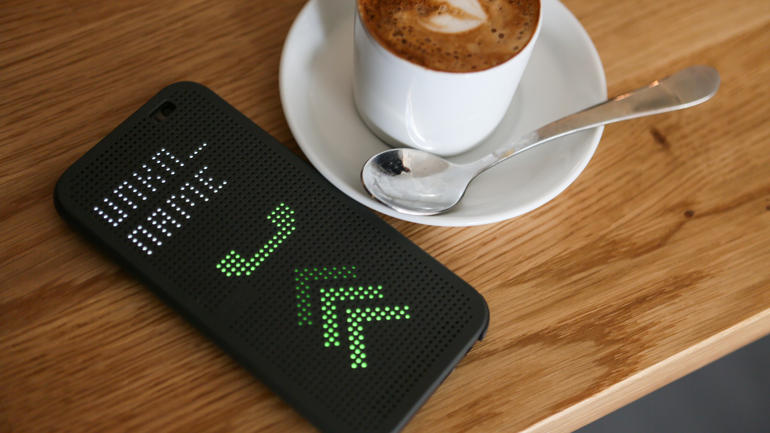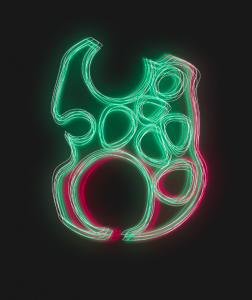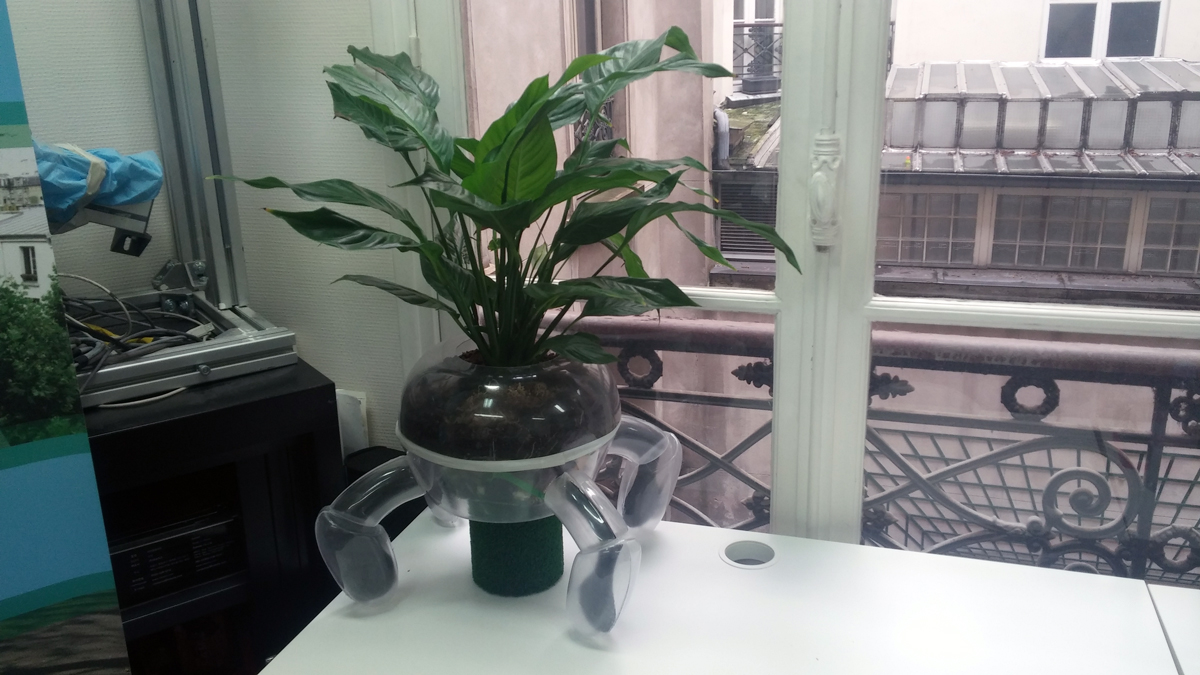
Yesterday I told my roommate Maxime about the different problems and paradoxes I was facing with my concept. He gave me a good reference, it’s a phone case created by HTC for its model HTC One M8. It’s called the “dot case”. To make it quick, the device detects if the screen is covered or not. It it is, the screen loads colored rectangles; the dots on the case transform this rectangles in a minimalistic interface displaying useful informations. It only uses a small part of the screen. it can also display informations concerning the notifications received, and it’s still interactive. It means that you can touch, swipe, scroll. So if you receive a call, no need to open it, just swipe down. The idea is so simple, maybe it’s an alternative to the technology monster I’m trying to build, despite the fact I would like it to look simple too… I will talk with the WOMA tomorrow and see what they think of the idea.




